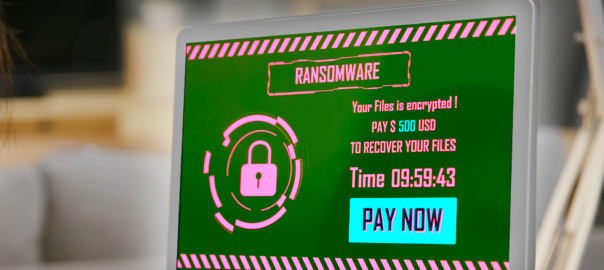Hacking methodologies have improved over the years. The moment a new IT program or algorithm becomes known, cybercriminals are right on it, immediately looking for ways to use these developments to their advantage. This is especially true in the realm of AI and cyber attacks.
While artificial intelligence has long been part of daily computing, recent advancements like generative AI chatbots have become a playground for hackers. Despite having robust cybersecurity strategies, many business owners may underestimate the potential threats posed by AI and cyber attacks.
A Rise in Security Risks for Businesses Because of AI
Thanks to AI tools, what used to be impossible is now very easy. Writing content, generating code, and analyzing data—an untrained employee with just a few clicks can do even so. For sure, businesses can save a lot of time, energy, and staff by using these tools. But since these same tools are also accessible to hackers, businesses will face harsh security risks because of AI and cyber attacks.
Using AI Tools to Launch Attacks on Companies
Hackers have found so many ways to use AI tools to launch cyber attacks. We have already discussed this in our previous two blogs, so we will no longer go into detail. However, some of the most notable applications cybercriminals have found for AI are for writing phishing emails that look very real, tracking keyboard inputs, analyzing online data, cracking passwords, and launching automated and simultaneous attacks.
AI has basically eliminated the need for superior programming skills to be a successful hacker. Hackers can do most of the tasks within seconds, with the right strategy and using the right AI algorithms.
So now that hackers are actively using AI as a tool to penetrate even the most foolproof systems, it is not the time for companies to sit back and relax. Instead, businesses should upgrade their cybersecurity systems, ensuring that they update them enough to protect against AI-powered security risks.
Attacking Vulnerable Businesses with AI Systems
The widespread use of AI systems by businesses, which is understandable, is another factor contributing to the increase in cyber attacks. With the benefits these systems offer, it would be unwise not to take advantage of them. But like anything in its early stages, AI systems are still new and have a few vulnerabilities. Because of this, they have become an easy and prevalent target for hackers.
Hackers have identified at least four methods for attacking a company’s AI system. Adversarial attacks are the most common, where an algorithm misleads a machine learning model by submitting an intentionally wrong input. Other methods are data poisoning and prompt injection, which can corrupt the system’s learning process.
Hackers favor backdoor attacks because they can infiltrate a target AI system for a very long time without the system’s security even noticing them. Backdoors are a bit more difficult to implement, but the rewards for hackers are tremendous.
How Businesses Can Mitigate AI and Cyber Attack Risks
Now, although AI comes with endless benefits, it also brings with it monumental security risks. It is also not a passing trend that will fade soon enough and that you can ignore. This is just the beginning. AI tools for hacking will become more destructive in the coming years. And for this reason, businesses must be concerned about these AI tools and cyber attacks.
The good news is that there are many things businesses can do to protect against security risks. If you are already using generative AI tools in your business, you must identify and contain its vulnerabilities and take steps to strengthen these areas of the system. Regular employee training is also a must, particularly about prudence in entering data into AI-powered chatbots.
It is also crucial to do data encryption when training a generative AI system for your business. Keeping data anonymous is also helpful in maintaining the confidentiality of sensitive information. Of course, your choice of AI tools is also very important. There are now so many choices available, and the tendency is to go for the cheapest one. But it is always better to spend more on a reliable tool rather than risk the security of your business for a few dollars saved.
If you want to learn more about using AI systems and protecting your business from AI and cyber attacks, we can help. Just call us and we will schedule a consultation where we can discuss your business security needs and address them accordingly. Don’t forget to Download our E-book which talks about the cybersecurity role of AI in security.



